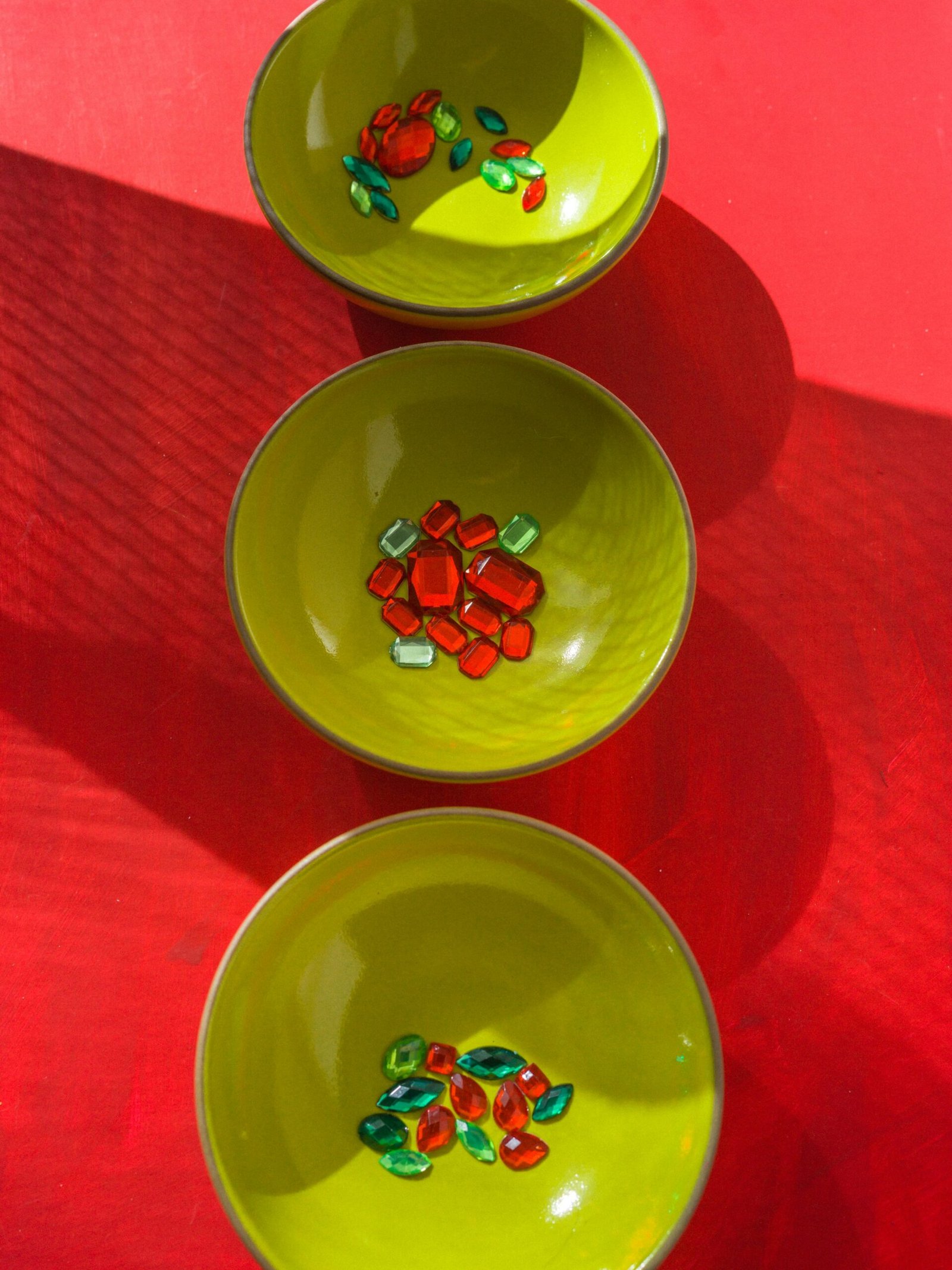Understanding ‘MyPlate’ and Food Portion Sizes: A Guide to Balanced Eating
Introduction to the ‘MyPlate’ Concept
The ‘MyPlate’ initiative, introduced by the United States Department of Agriculture (USDA), marks a significant shift in the way Americans are guided to make healthier food choices. This visual guide emerged as a successor to the decades-old food pyramid, aiming to present a more intuitive understanding of balanced nutrition. Unlike its predecessor, ‘MyPlate’ focuses on simplicity and practical application, making it easier for individuals to grasp and implement daily.
Launched in 2011, ‘MyPlate’ visually represents a plate divided into four segments, with an additional compartment for dairy. Each segment corresponds to a different food group: fruits, vegetables, grains, and protein, highlighting the proportion each should represent in a balanced meal. This straightforward design allows individuals to easily visualize the ideal food portions, facilitating more informed decisions about their dietary habits.
The shift from the food pyramid to ‘MyPlate’ is rooted in the need for a more actionable and understandable framework for healthy eating. The pyramid, while informative, often proved complex and abstract, leaving many confused about how to apply its guidance in everyday life. ‘MyPlate,’ on the other hand, exists to foster clarity and direct application, emphasizing the importance of proper food proportions and variety on a single, relatable graphic.
Balanced nutrition is a cornerstone of health and well-being, influencing everything from energy levels and mental clarity to long-term disease prevention. By incorporating ‘MyPlate’ into their daily routine, individuals are encouraged to create meals that are as nutritious as they are diverse, ensuring they meet their dietary needs and enjoy a more wholesome eating experience. This comprehensive guide not only lays the foundation for healthier food selections but also nurtures a deeper understanding of nutritional balance.
Breaking Down the ‘MyPlate’ Model
The ‘MyPlate’ model is a practical visual guide designed to help individuals understand and implement balanced eating routines. This model is divided into five key food categories: fruits, vegetables, grains, protein, and dairy. Each segment is essential for maintaining overall health and well-being. Here, we delve into each category, examining the recommended portions and various food types recommended for balanced nutrition.
Fruits: The fruits segment of ‘MyPlate’ suggests filling half of your plate with fruits and vegetables, with fruits occupying a slightly smaller portion. Ideally, individuals should consume a variety of fruits, prioritizing whole fruits over fruit juices for maximum fiber and nutrient intake. Popular choices include apples, berries, oranges, and bananas, each offering a range of vitamins and minerals necessary for optimal health.
Vegetables: Occupying the other half of the plate shared with fruits, vegetables are indispensable for their rich vitamin, mineral, and fiber content. ‘MyPlate’ encourages incorporating a diverse array of vegetables, such as leafy greens, carrots, bell peppers, and legumes. Striving for an assortment of colors can ensure a broader spectrum of nutrients because different pigments in vegetables often signify different health benefits.
Grains: Grains fill approximately one-quarter of the plate according to ‘MyPlate’ guidelines. It is advised that at least half of the grains consumed be whole grains, such as brown rice, whole wheat bread, and oats. Whole grains are preferred due to their higher fiber and nutrient content, which aid digestion and help to maintain energy levels throughout the day.
Protein: Proteins also constitute roughly one-quarter of the plate, with a focus on diverse sources such as lean meats, poultry, seafood, beans, nuts, and seeds. Incorporating a variety of protein choices can ensure adequate intake of essential amino acids and other crucial nutrients like iron and zinc, vital for muscle maintenance and immune function.
Dairy: The ‘MyPlate’ model also designates a smaller portion outside the main plate for dairy. It is recommended to consume low-fat or fat-free dairy products, including milk, yogurt, cheese, and fortified soy beverages. Dairy is a primary source of calcium, vitamin D, and potassium, integral to bone health and overall physiological functions.
‘MyPlate’ underscores the significance of variety and portion control in each of these categories, promoting a diet that is as healthful as it is balanced. This approach facilitates a more comprehensive intake of essential nutrients, fostering better health outcomes and contributing to a sustainable and nutritious diet over the long term.
Understanding and Measuring Food Portions
Food portions play a pivotal role in maintaining a balanced and healthy diet. The concept of food portions essentially refers to the amount of food one chooses to eat at one time, whereas a serving size is a measured quantity as defined by nutritional guidelines. These distinctions are crucial for adhering to the ‘MyPlate’ recommendations, which advocate for a well-rounded diet incorporating fruits, vegetables, grains, protein, and dairy.
Proper portion control is vital as it directly influences our overall caloric intake and nutrient balance. Consuming too large portions can lead to an excess of calories, contributing to weight gain and associated health risks. Conversely, too small portions may deprive the body of essential nutrients, leading to deficiencies and compromised health. Hence, understanding and managing portion sizes is key to achieving nutritional equilibrium.
One effective approach to managing food portions involves familiarizing oneself with common household items for visual reference. For instance, a portion of protein, such as meat or fish, should be roughly the size of a deck of cards. A half-cup serving of cooked grains or pasta can be visualized as equivalent to a computer mouse, while a portion of fruit or vegetables is approximately the size of a baseball.
Reading nutrition labels is another crucial practice. Nutrition labels provide essential information about the nutritional content per serving size. By comparing the serving sizes listed on the labels to the amount being consumed, individuals can make more informed dietary decisions and better manage their portion sizes.
Understanding the distinction between serving sizes and portions also assists in more precise dietary planning. For example, ‘MyPlate’ recommendations specify serving sizes for each food group, which can be used as guidelines to create balanced meals. For grains, the serving size may be a slice of bread or half a cup of cooked rice, while for dairy, it could be one cup of milk or yogurt.
Incorporating these practical tips can significantly enhance one’s ability to gauge and manage food portions effectively, aligning daily intake with ‘MyPlate’ dietary recommendations for a balanced and nutritious lifestyle.
Tips for Implementing ‘MyPlate’ into Daily Life
Incorporating the ‘MyPlate’ guidelines into your daily routine can be straightforward with some planning and mindful choices. Begin with meal planning, which is essential for balanced eating. Start by mapping out your meals for the week, ensuring each meal includes the five food groups: fruits, vegetables, grains, protein, and dairy. Allocate half your plate to fruits and vegetables, one-quarter to grains, preferably whole grains, and the remaining quarter to lean proteins. Don’t forget to include a serving of dairy or a dairy alternative.
When grocery shopping, create a list based on your meal plan. This not only helps you stick to the ‘MyPlate’ guidelines but also saves time and reduces the likelihood of impulse buying. Focus on the perimeter of the store where fresh produce, lean meats, and dairy are typically found, and avoid the inner aisles where processed foods are more common. Stock up on a variety of colorful fruits and vegetables, whole grains like brown rice and quinoa, and proteins such as beans, nuts, and lean meats.
For balanced meals, consider simple yet nutritious options. A stir-fry with mixed vegetables, brown rice, and chicken breast fulfills the ‘MyPlate’ proportions. Another idea is a whole-grain wrap filled with lean turkey, mixed greens, tomatoes, and a slice of cheese. For breakfast, try oatmeal topped with fresh berries, a dollop of yogurt, and a sprinkle of nuts.
Many face challenges integrating ‘MyPlate’ into their diets. Common obstacles include time constraints, budget limitations, and unfamiliarity with what constitutes a balanced meal. Overcome these by meal prepping on weekends, buying frozen or canned vegetables and fruits (without added sugar or salt) for convenience, and exploring recipes that incorporate all food groups. Seeking guidance from a nutritionist can also help tailor the ‘MyPlate’ guidelines to your specific needs.
By incorporating these strategies, you’ll be empowered to make healthier food choices and maintain a balanced diet in a practical and sustainable manner. Remember, small, consistent changes can lead to significant health benefits over time.


